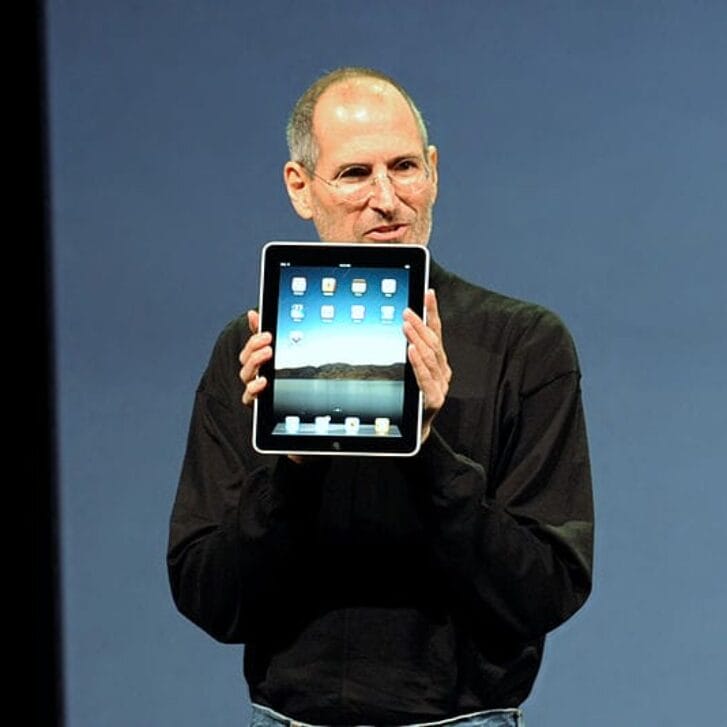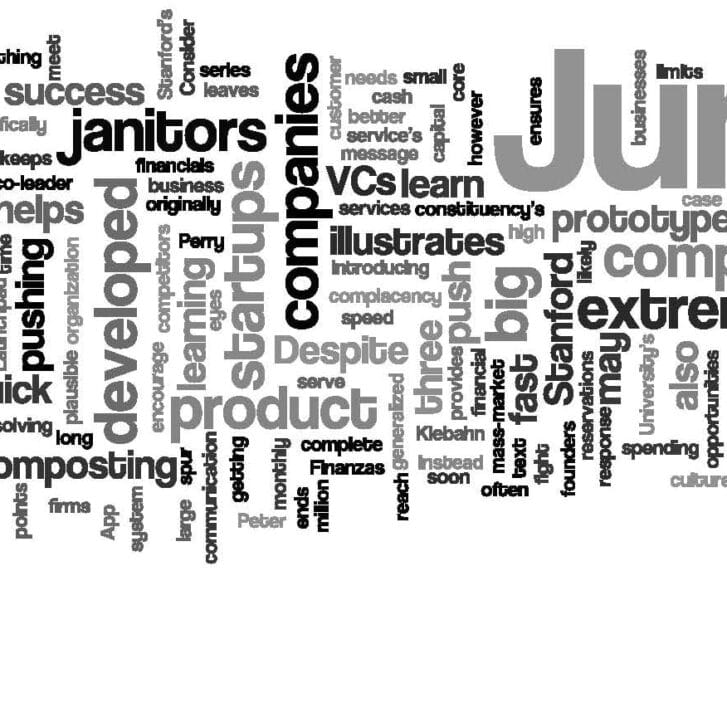Clayton Christensen, the father of disruption and Harvard Business School professor, has long argued that companies must “hive off” disruptive technologies into separate subsidiaries.
That’s a terrible idea and you can actually profit by investing in companies that do the opposite.
A case in point is Netflix, which has enjoyed tremendous success with consumers and investors. Rather than following Christensen’s advice of segregating a disruptive technology into a separate subsidiary, which will then attack the parent, Netflix’s CEO is actively leading the company’s transition to a disruptive technology.
Before getting into the details of this strategy, let’s take a look at how Netflix has been doing since CEO Reed Hastings decided in 2007 to shift Netflix from DVD-by-mail to online streaming.
Over the past seven years, its revenues have increased an average of 23.6 percent a year to $4.4 billion and its net income rose 12.5 percent a year to $112 million in 2013. Its stock price soared a whopping 1,503 percent while the S&P 500 index rose about 26 percent.
Getting back to Christensen’s thesis, he defines two kinds of technologies:
• Sustaining technologies that yield incremental improvements to a product serving the same customer set, same value proposition and same channel partners as the company’s core business; and

Harvard Business School Professor Clayton Christensen. Photo credit: Twitter.
• Disruptive technologies that serve different customers with a different value proposition, and different channel partners than the company’s core.
To manage disruptive technologies, Christensen advises that an established company set up a separate subsidiary to “attack the parent.”
In a June 2014 letter to The New Yorker responding to Jill Lepore’s “The Disruption Machine,” I argued that online streaming was a disruptive technology for Netflix’s DVD-by-mail business. Yet Netflix did not succeed in online streaming by setting it up in a separate subsidiary and freeing it to attack the parent as Christensen prescribed.
I was surprised to receive an email from Christensen in early July. It asserted —without explanation—that online streaming is not a disruptive technology but a sustaining one. Therefore, he implied, it was not and should not have been set up in a separate subsidiary.
Netflix’s success was due to the direct leadership of Hastings who poured capital into building the online streaming service—since he wanted to be sure another company did not bankrupt Netflix as its DVD-by-mail service had done to Blockbuster.
Netflix’s move to online streaming was not glitch free. In September 2011, Netflix announced it would force customers to use its DVD-by-mail service through a separate subsidiary, Qwikster, while making them purchase online streaming through Netflix. The move also included a 60 percent price increase for services and 800,000 subscribers bolted—contributing to a 25 percent plunge in its stock. Netflix reversed the policy a few weeks later.
Did the idea of creating a separate subsidiary contribute to Hastings’s Qwikster blunder? Maybe Hastings misunderstood Christensen because he put Netflix’s core business into a separate subsidiary—rather than the disruptive business. Or perhaps the streaming business is, as Hastings asserted, not disruptive?
Here is why I think online streaming is disruptive:
• Different customer set. When Netflix started offering online streaming—the year Apple introduced the iPhone—people could not watch DVDs on their smartphones. So many of the initial consumers of Netflix’s online streaming service were different from the ones that used its DVD-by-mail service.
• Different value proposition. Instead of ordering a DVD, waiting for it to arrive, and walking to your mailbox and putting it into your DVD player, online streaming enabled consumers to watch movies on their iPhone within a minute or two by swiping its screen a few times without having to get off the couch. This was at least as big of a value leap as DVD-by-mail was for Blockbuster customers.
• Different partners. The partners with DVD-by-mail were DVD wholesalers and the Postal Service–whereas online streaming demanded different partners like the content creators who came up with new shows like House of Cards and broadband service providers like Comcast and Verizon.
In short, online streaming was a disruptive technology and Netflix succeeded by doing the opposite of what Christensen prescribes.
As I first argued nearly 15 years ago, the idea of setting up a separate subsidiary to attack the parent does not make practical sense to me. That’s because the subsidiary is starved for resources and focuses on the wrong goal —attacking the parent, rather than creating superior value for customers.
Netflix is not the only company that has excelled by doing the opposite of what Christensen prescribes. Another example of this is Adobe Systems. Adobe used to sell packaged software, but since 2011, its CEO has led its transition to software as a service, where customers pay a monthly fee and get the latest version from the cloud.
In pulling the plug on its best-selling boxed software, Adobe’s CEO jeopardized its 12.8 million users of Photoshop, Illustrator and InDesign applications. Instead, Adobe decided to sell Creative Cloud—a monthly, cloud-based subscription service.
Is Creative Cloud disruptive? It’s certainly a different value proposition—customers pay $50 a month while its boxed software used to cost $1,900 up front. And it is targeting some different customers too. In June, Adobe estimated that “roughly 20 percent of Creative Cloud’s 2.3 million subscriptions are new users,” according to Barron’s.
It even has attracted new investors with a longer-term view. The amount of cash Adobe receives in the short term is much lower, and its revenue and profits in that time haven’t been a pretty picture. In 2013, its revenues and earnings fell 8 percent and 42 percent, respectively, compared with 2012. But Adobe’s stock has more than doubled because it did a great job explaining to customers and investors how the new strategy will play out by 2018, instead of in the next quarter. Adobe has been able to beat expectations because customers like the service.
It’s nice if being part of the disruption crowd gives you a dopamine rush. If you want to enhance your portfolio, however, look for companies whose CEOs do the opposite of what Christensen prescribes.


























